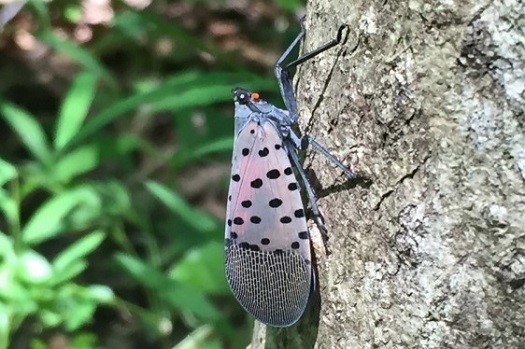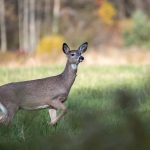April is Invasive Plant Pest and Disease Awareness Month, and the U.S. Department of Agriculture is warning Pennsylvanians that it’s the best time of year to spot damaging, invasive species.
Invasive pests cost the U.S. about $40 billion a year in damages to trees, plants and crops.
Kathryn Bronsky is the USDA’s national policy manager for Plant Protection and Quarantine. She said hungry pests are often great hitchhikers, and people can accidentally spread them to new areas by traveling.
She pointed outs that Keystone State residents should be on the lookout for a particular species and try to avoid inadvertently moving it to other locations.
“In Pennsylvania, we are on the lookout for Spotted lanternfly,” said Bronsky. “This is an invasive pest that feeds on a wide range of fruits and ornamental woody trees. Tree of Heaven is the preferred host.”
Bronsky noted that the lanternfly eggs appear as “masses” that look like little spots of mud.
You can scrape them off into a plastic bag and add some hand sanitizer, or just squash them. Either way, you’re helping to reduce the Spotted lanternfly population.
Bronsky pointed outs that spring is an ideal time to detect invasive plant pests. This is when they start to emerge and are a little easier to see, because there’s less foliage on the trees.
“It makes it easier to see the damage that wood-boring beetles, like Asian Longhorn beetle or Emerald Ash Borers, create as they bore holes into the tree,” said Bronsky. “There’s also another one, called Spongy moth, that are currently in their egg stage in April and we can stop them from spreading before they emerge.”
She said weather can magnify the impacts of invasive pests and climate change has increased the level of infestations and diseases, even allowing some pests to produce more generations each year.
People can report sightings to the USDA online, at ‘hungrypests.com.’




